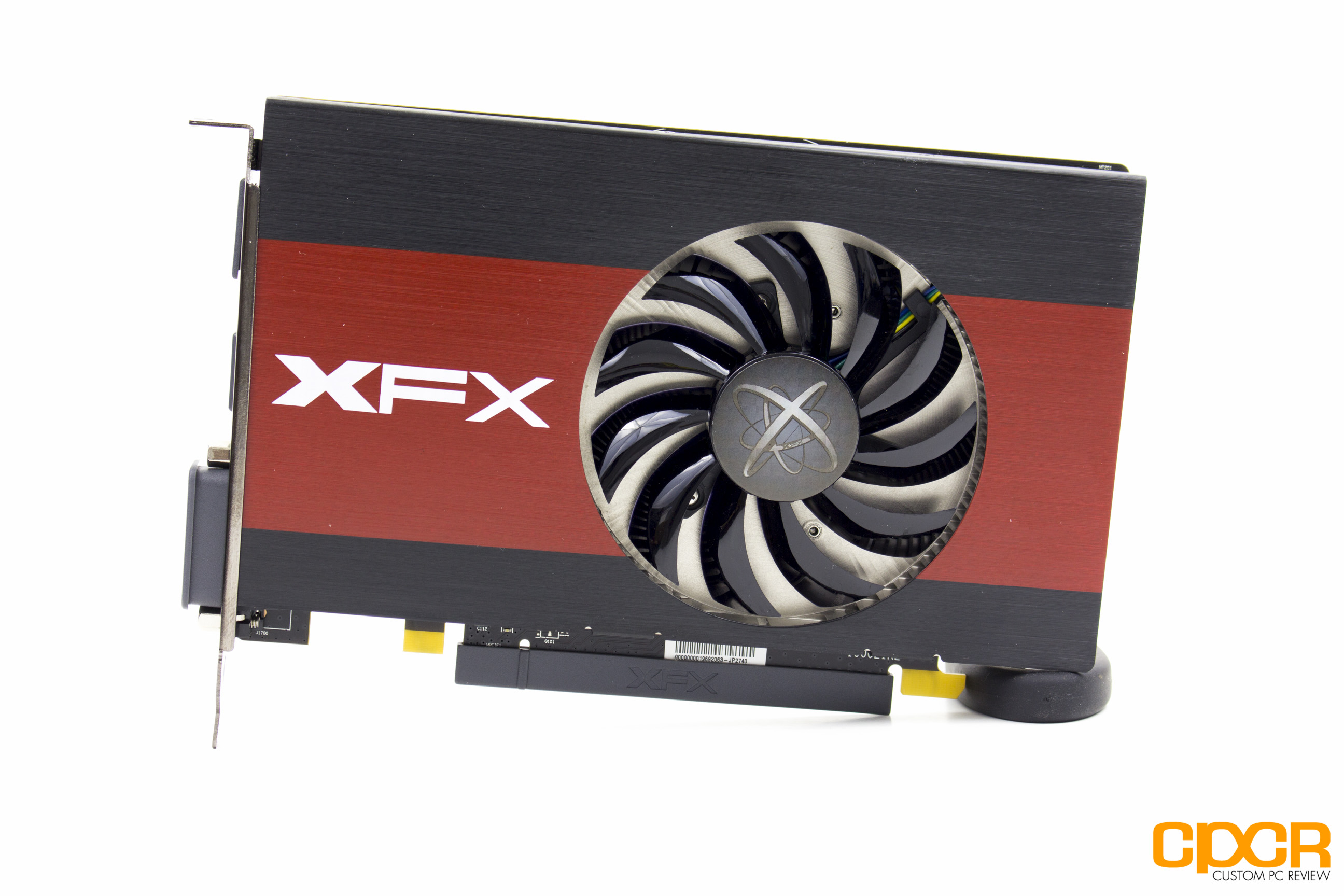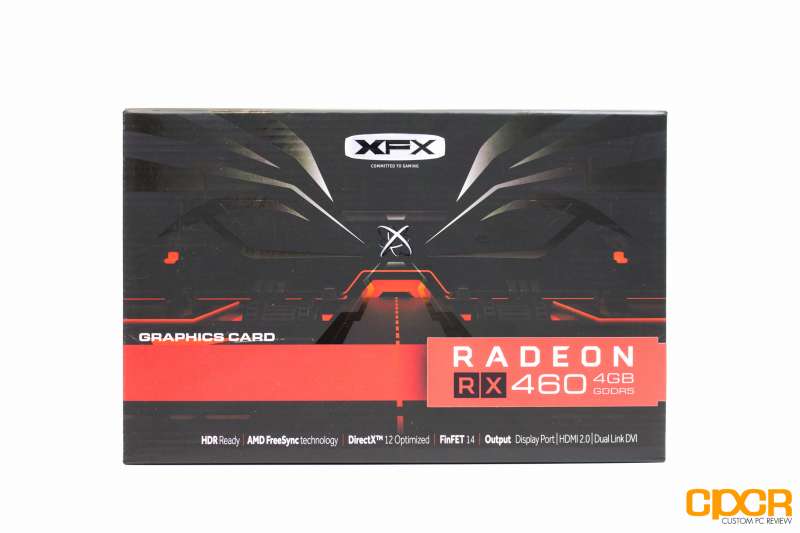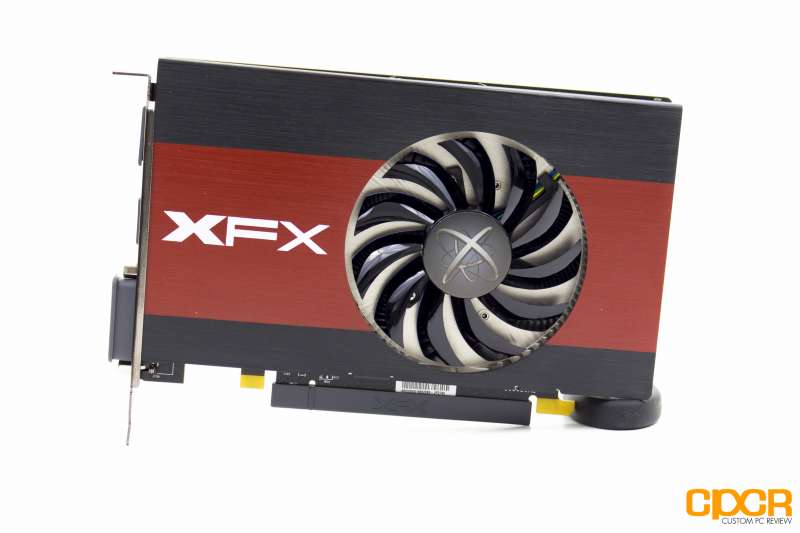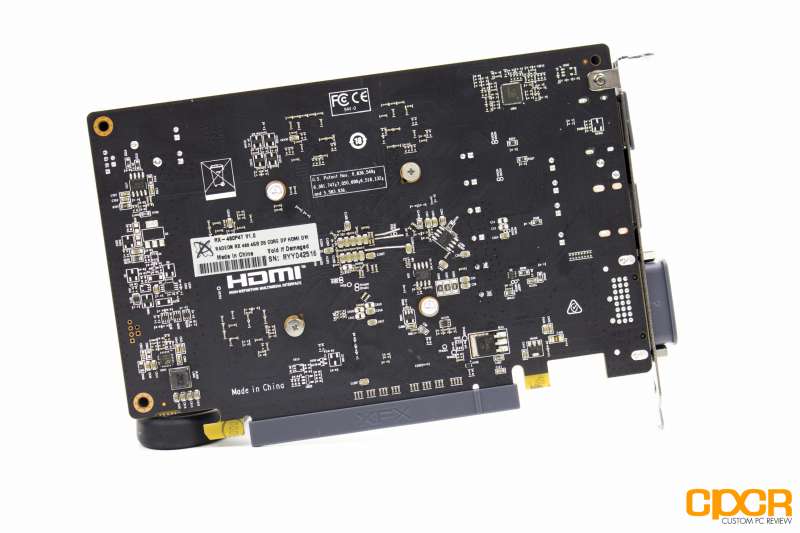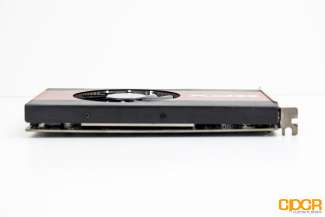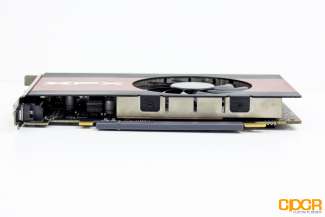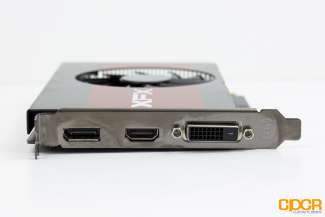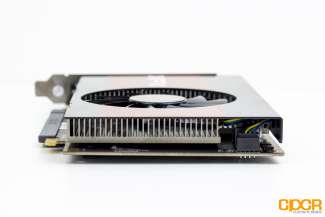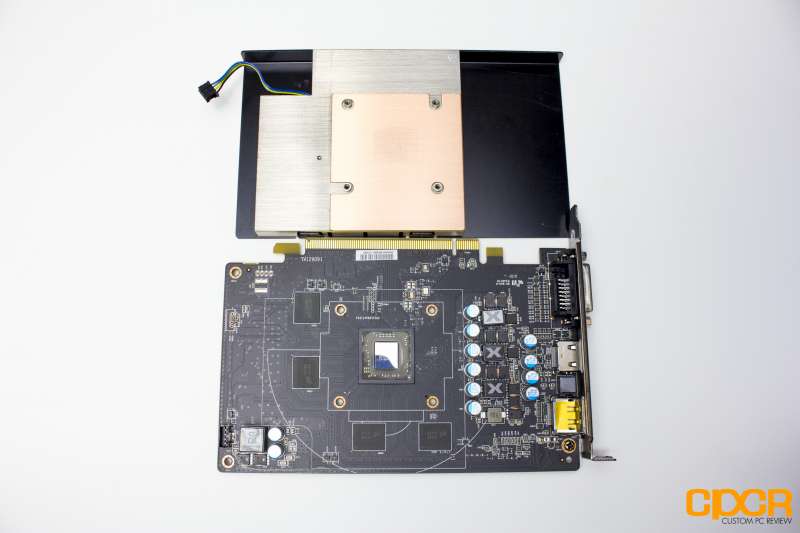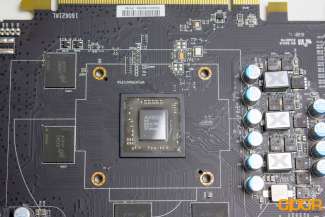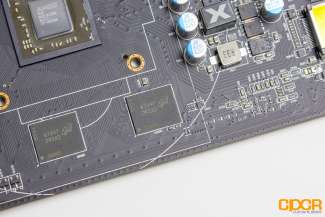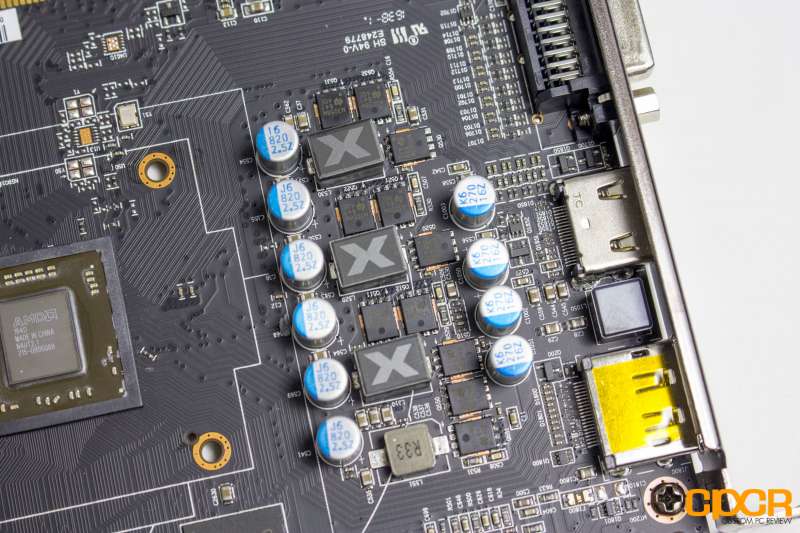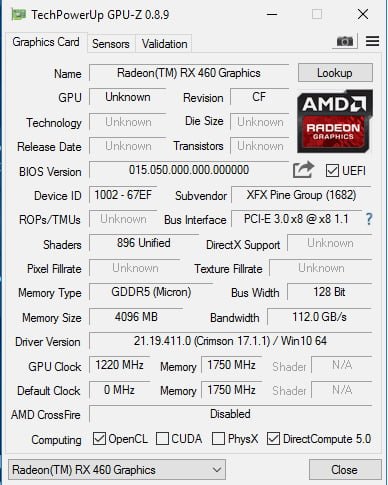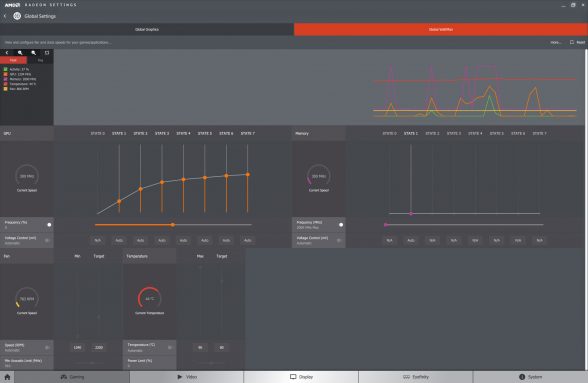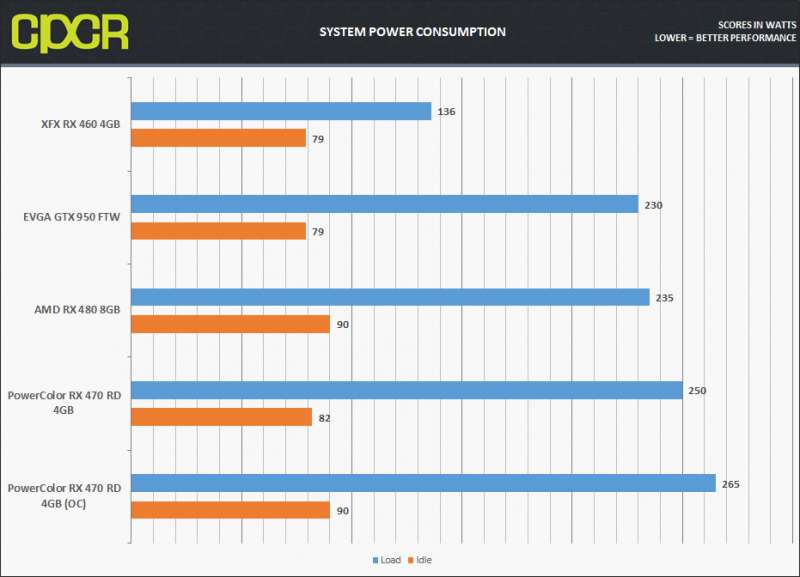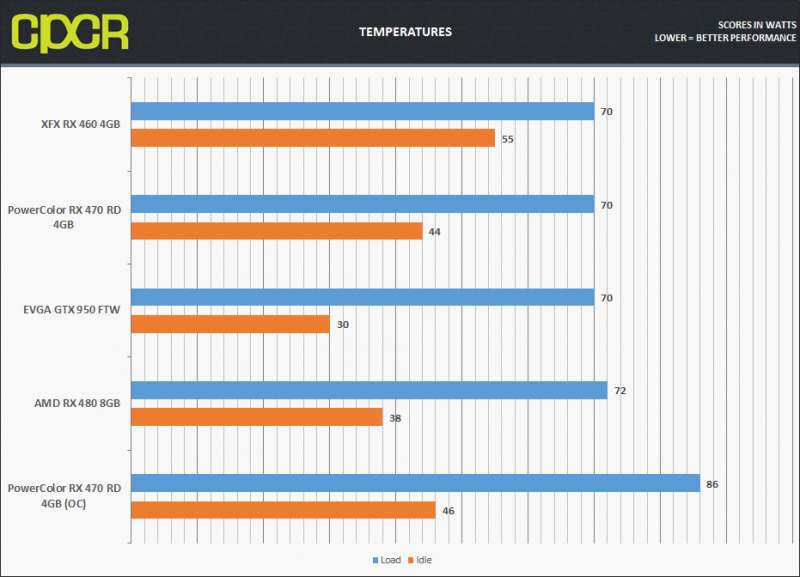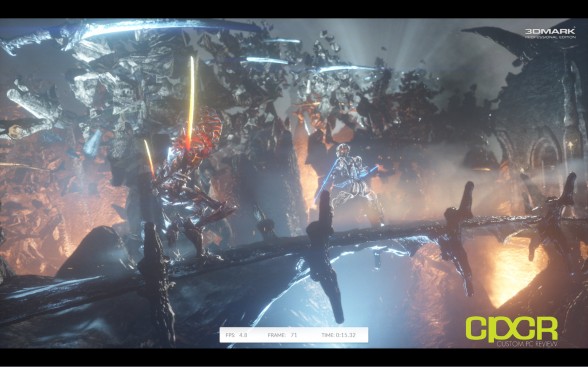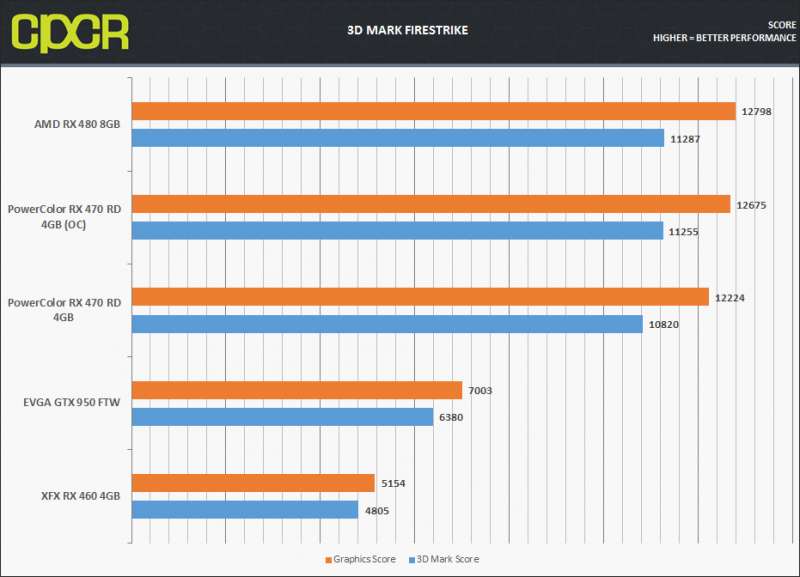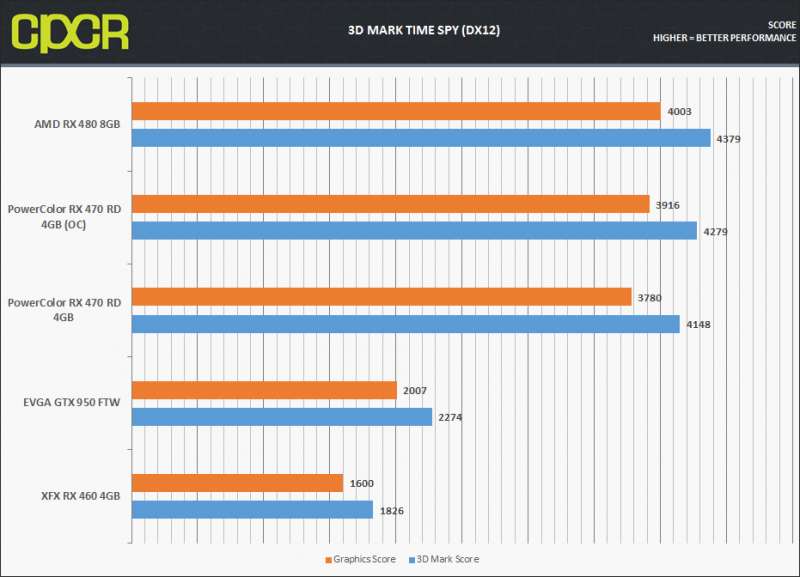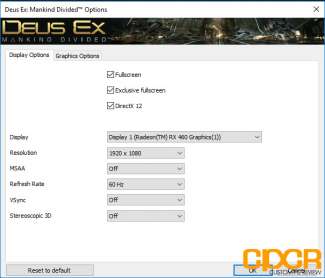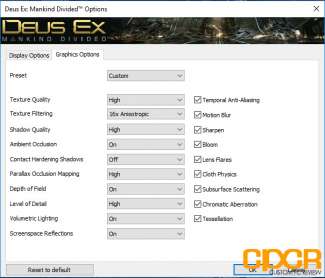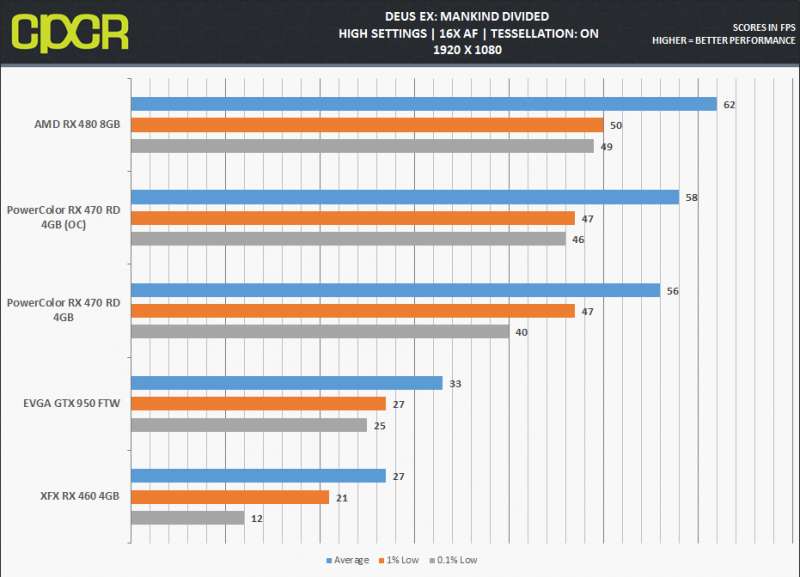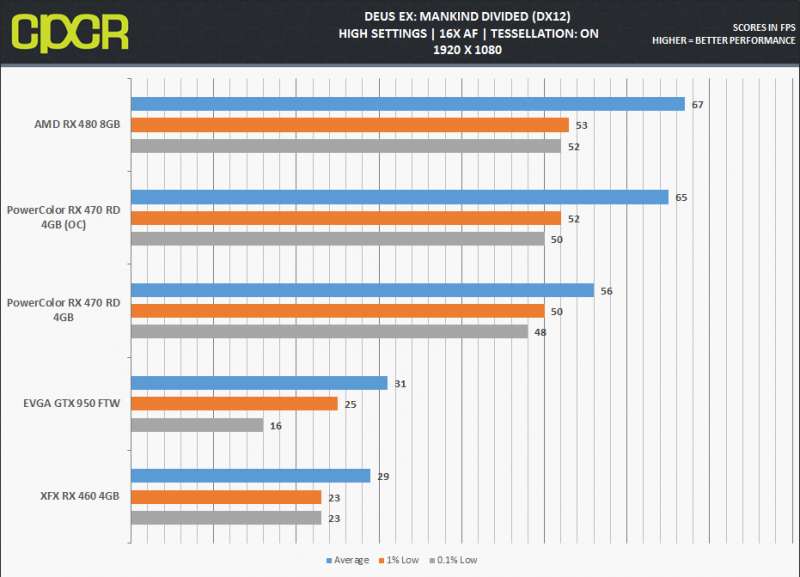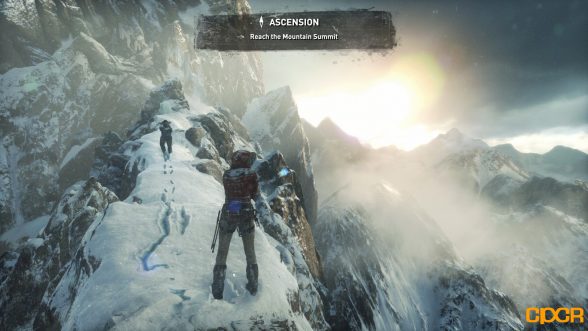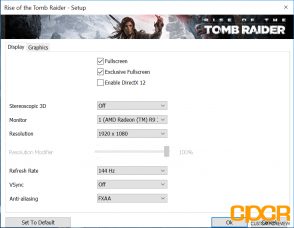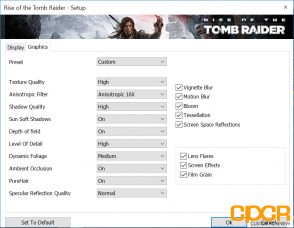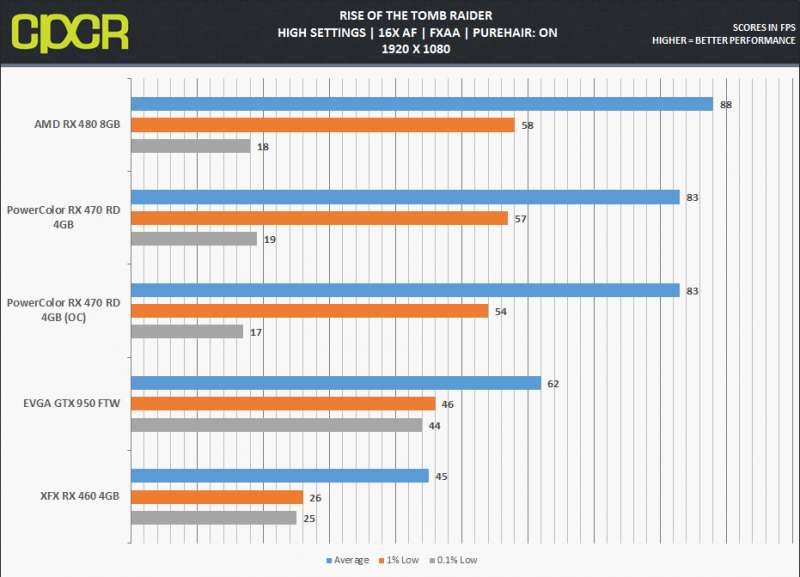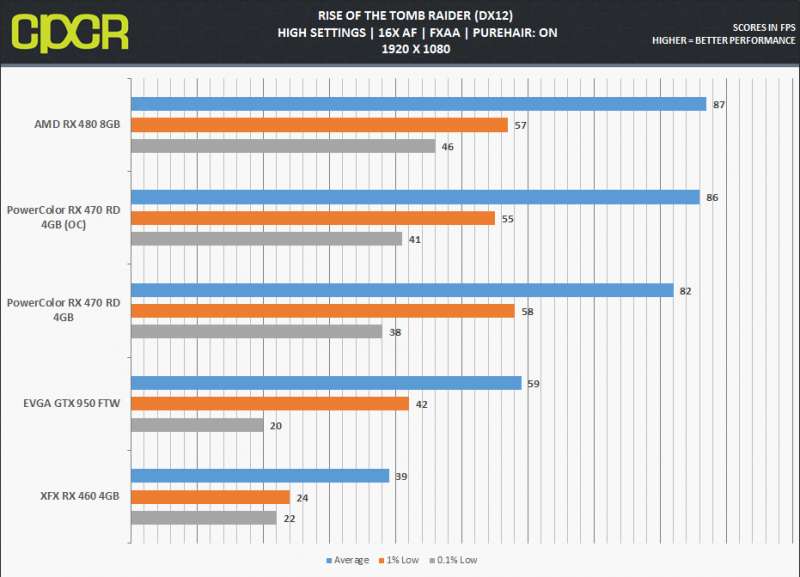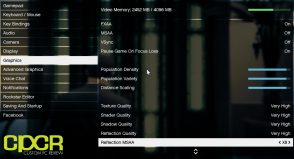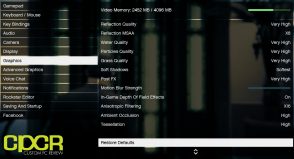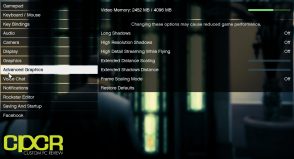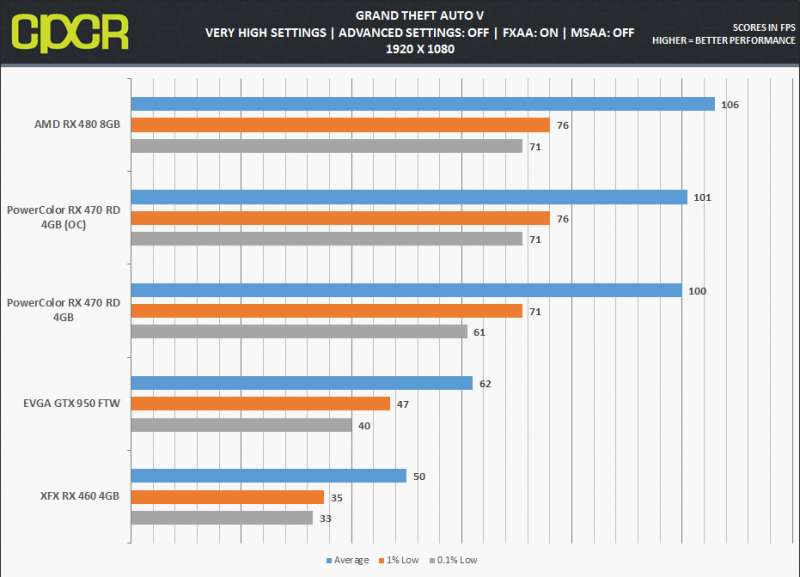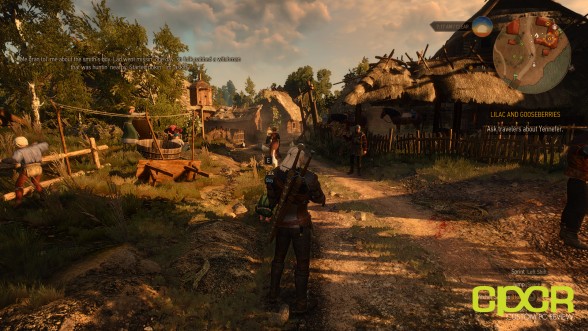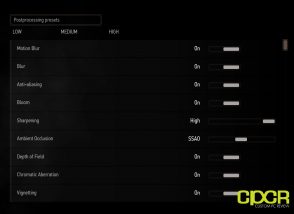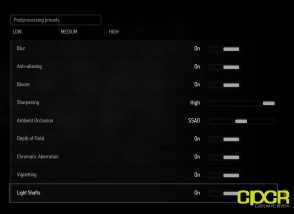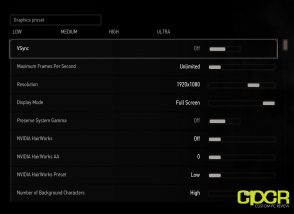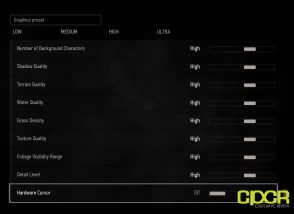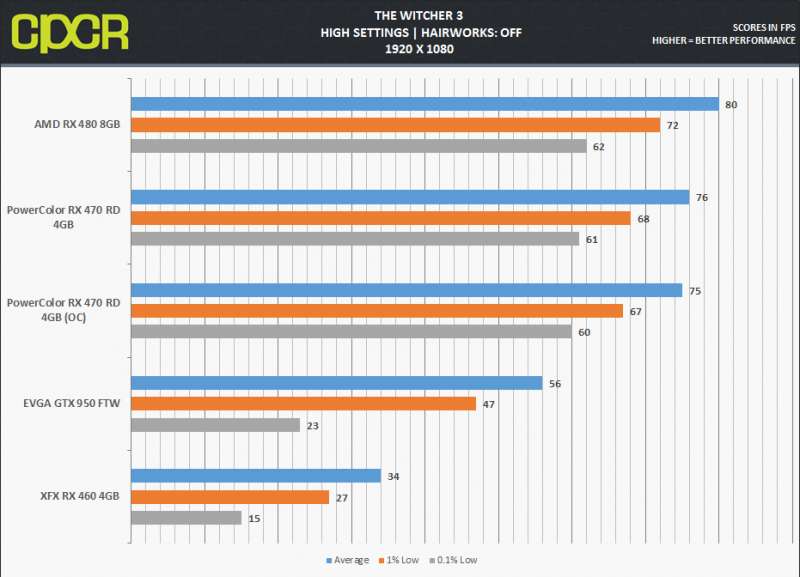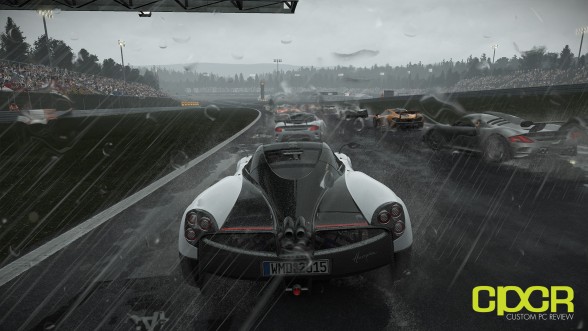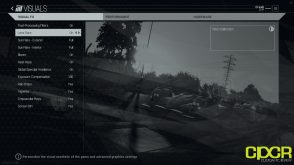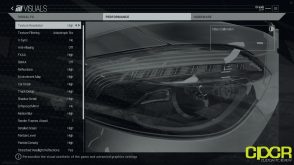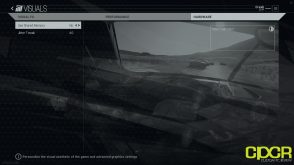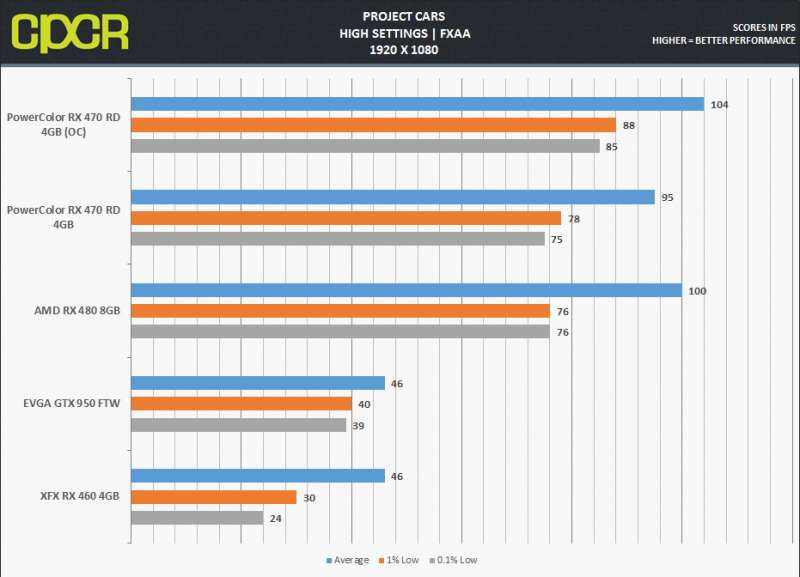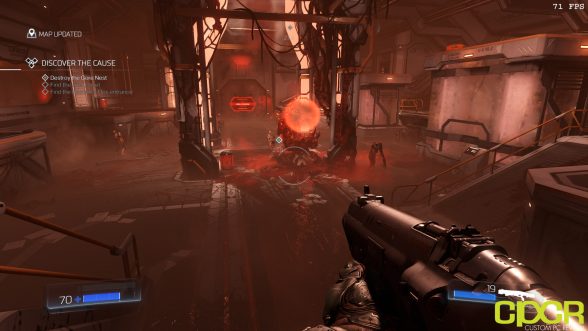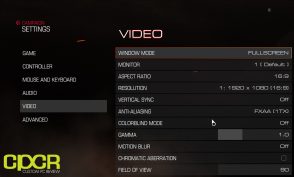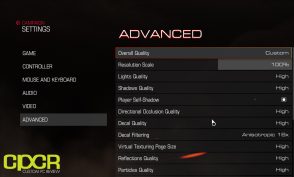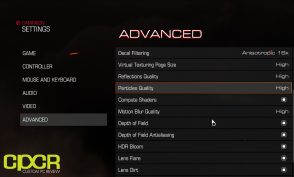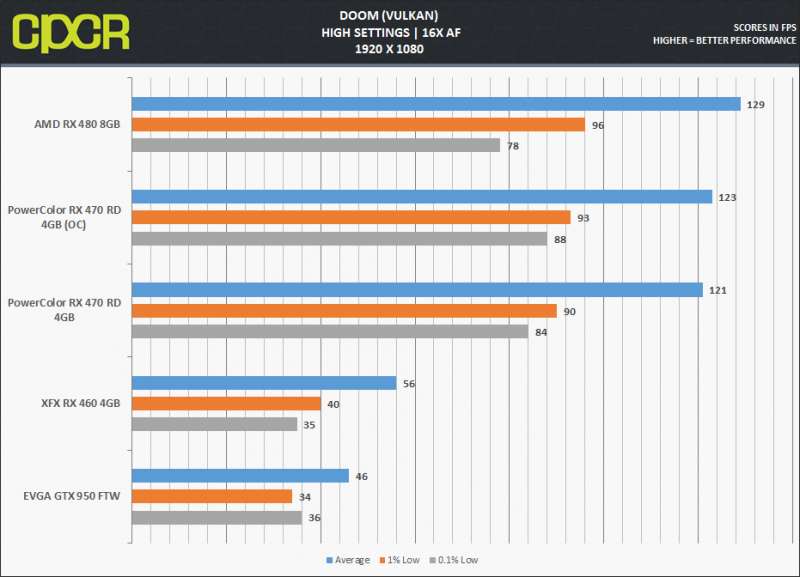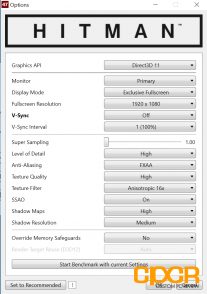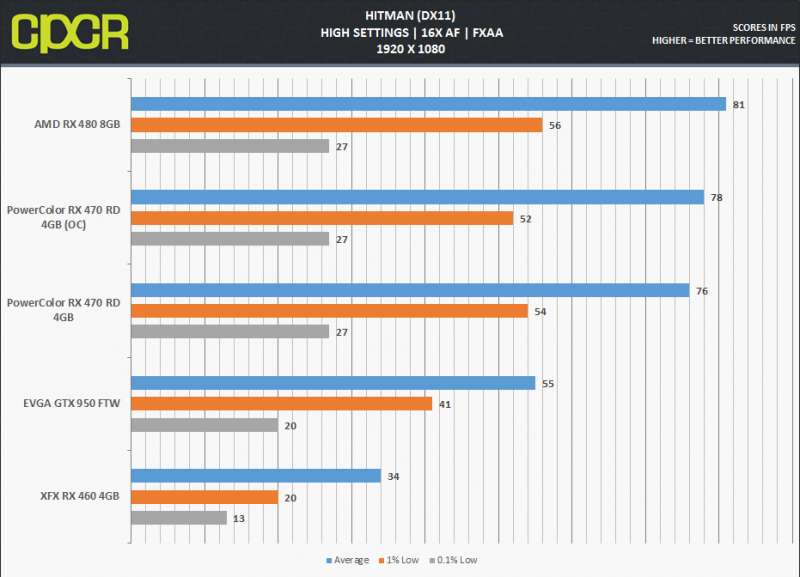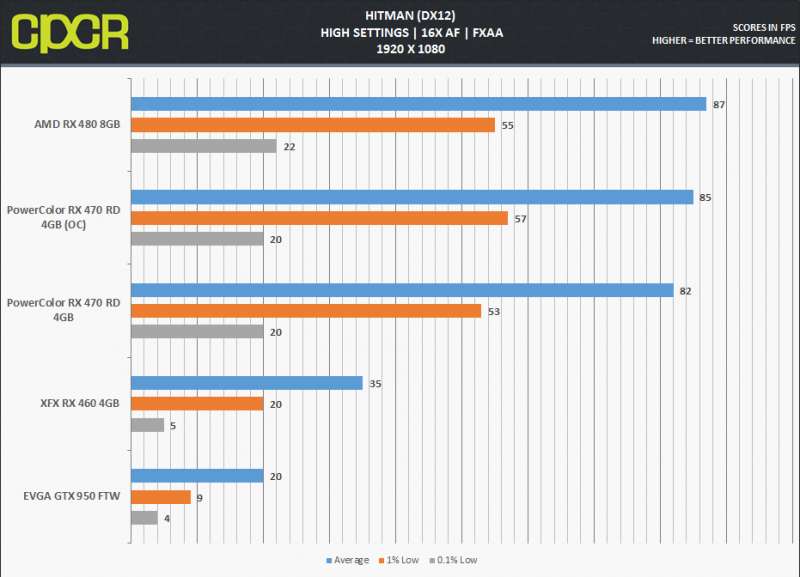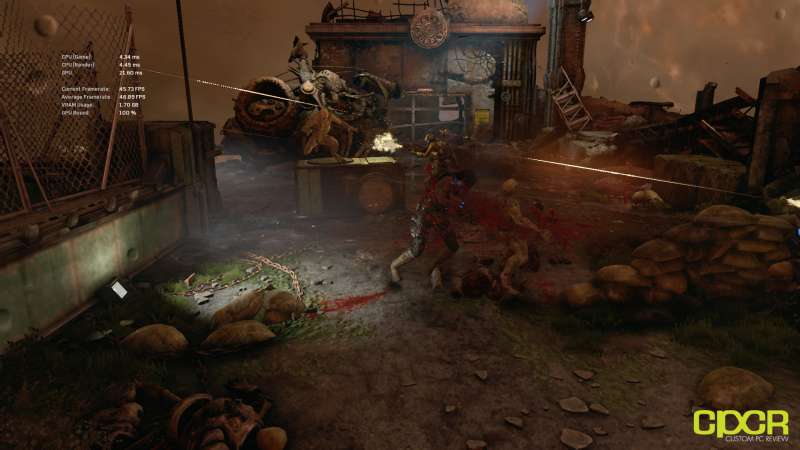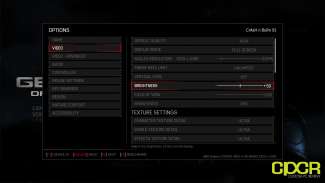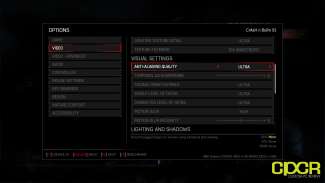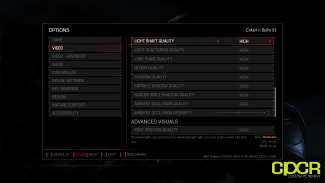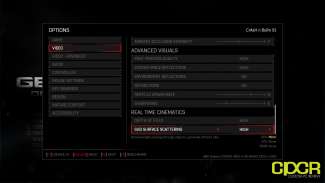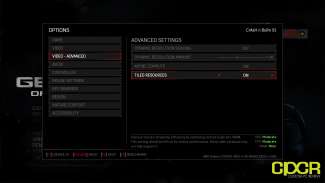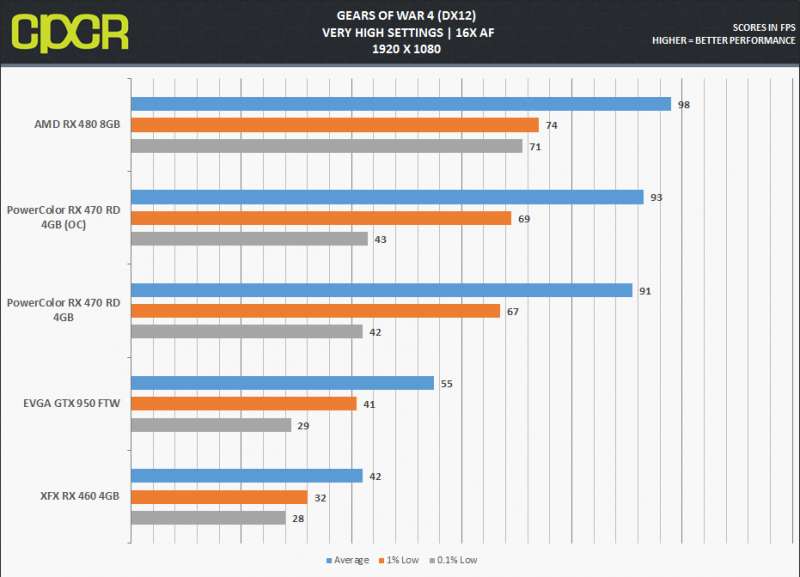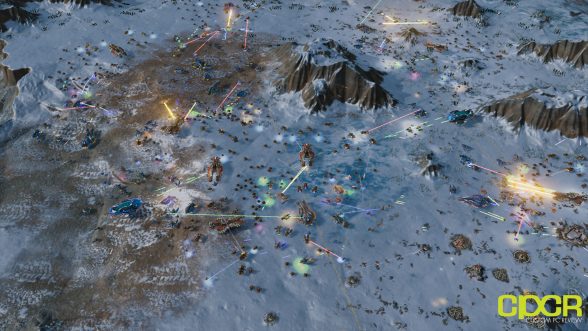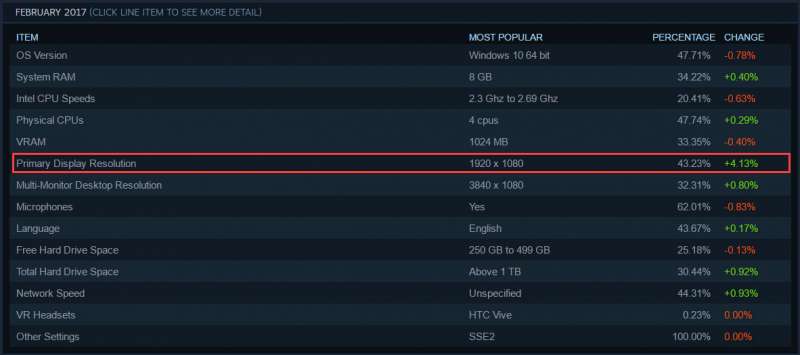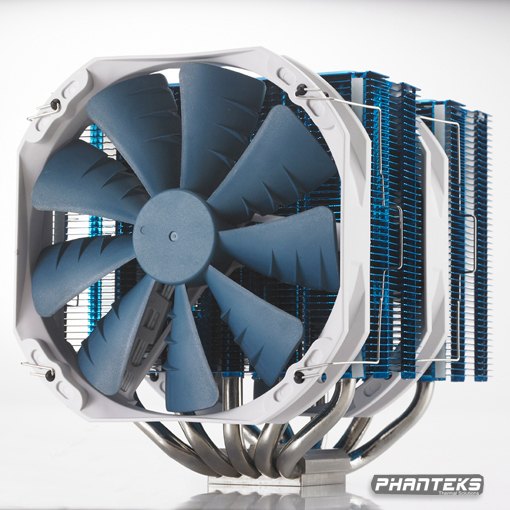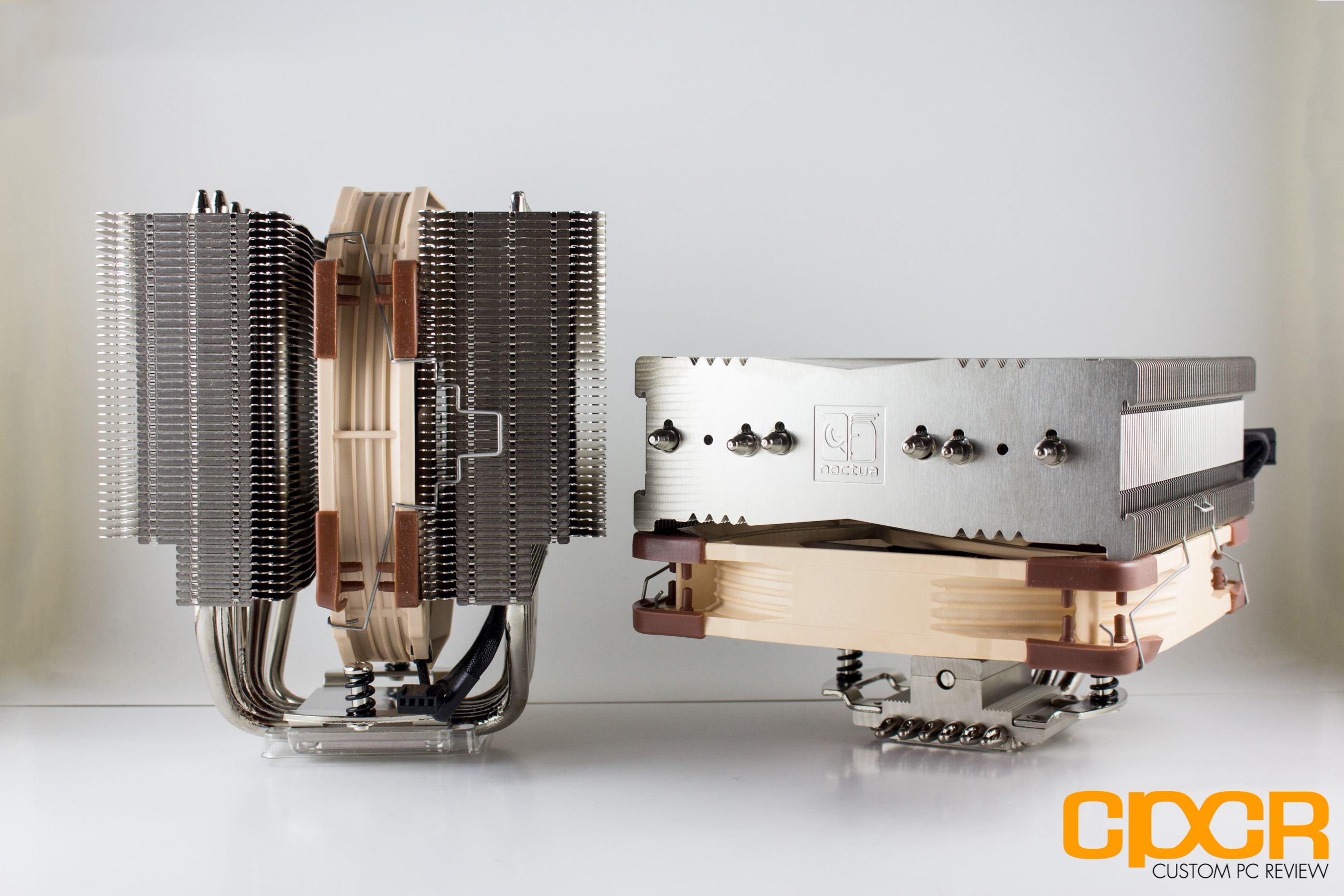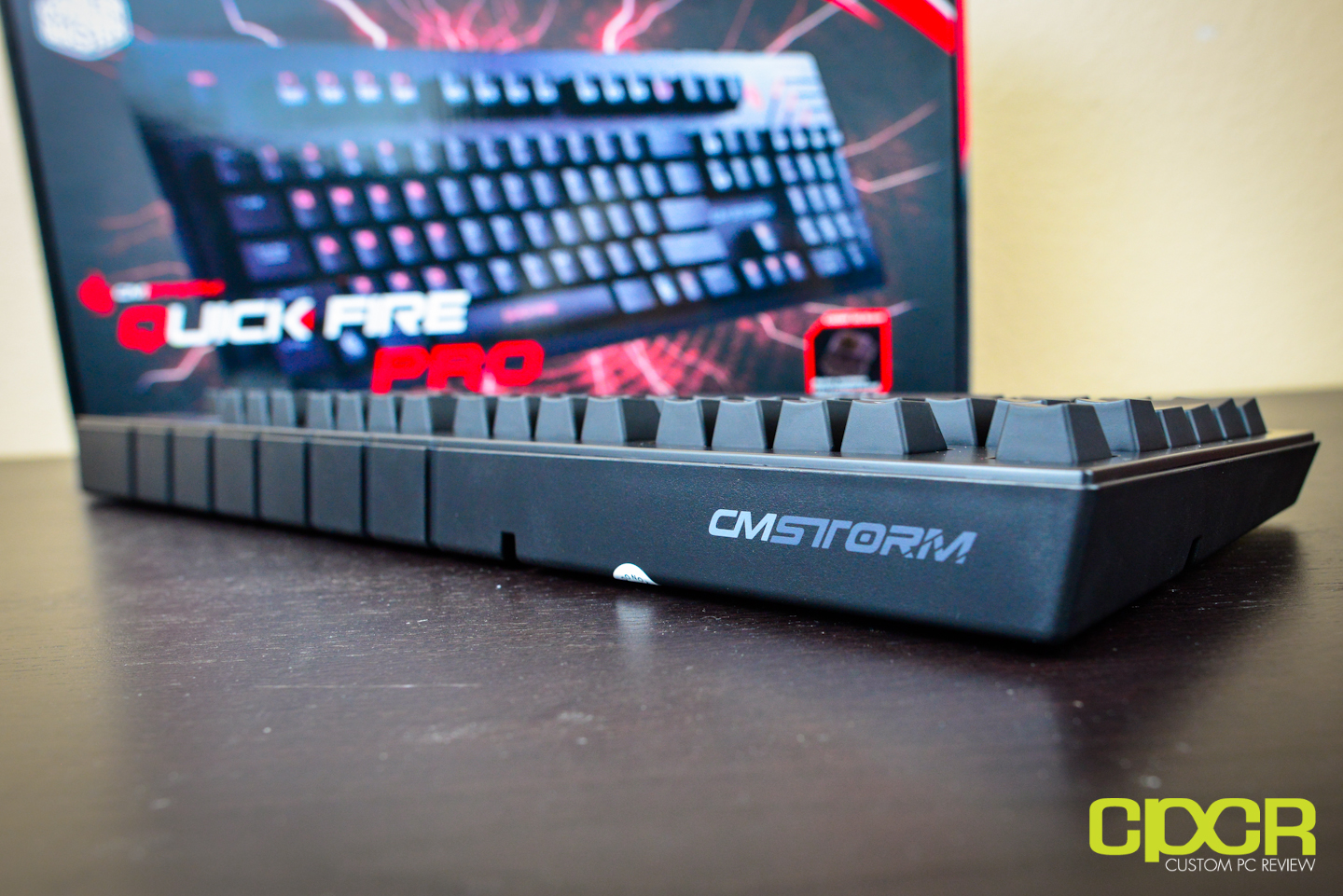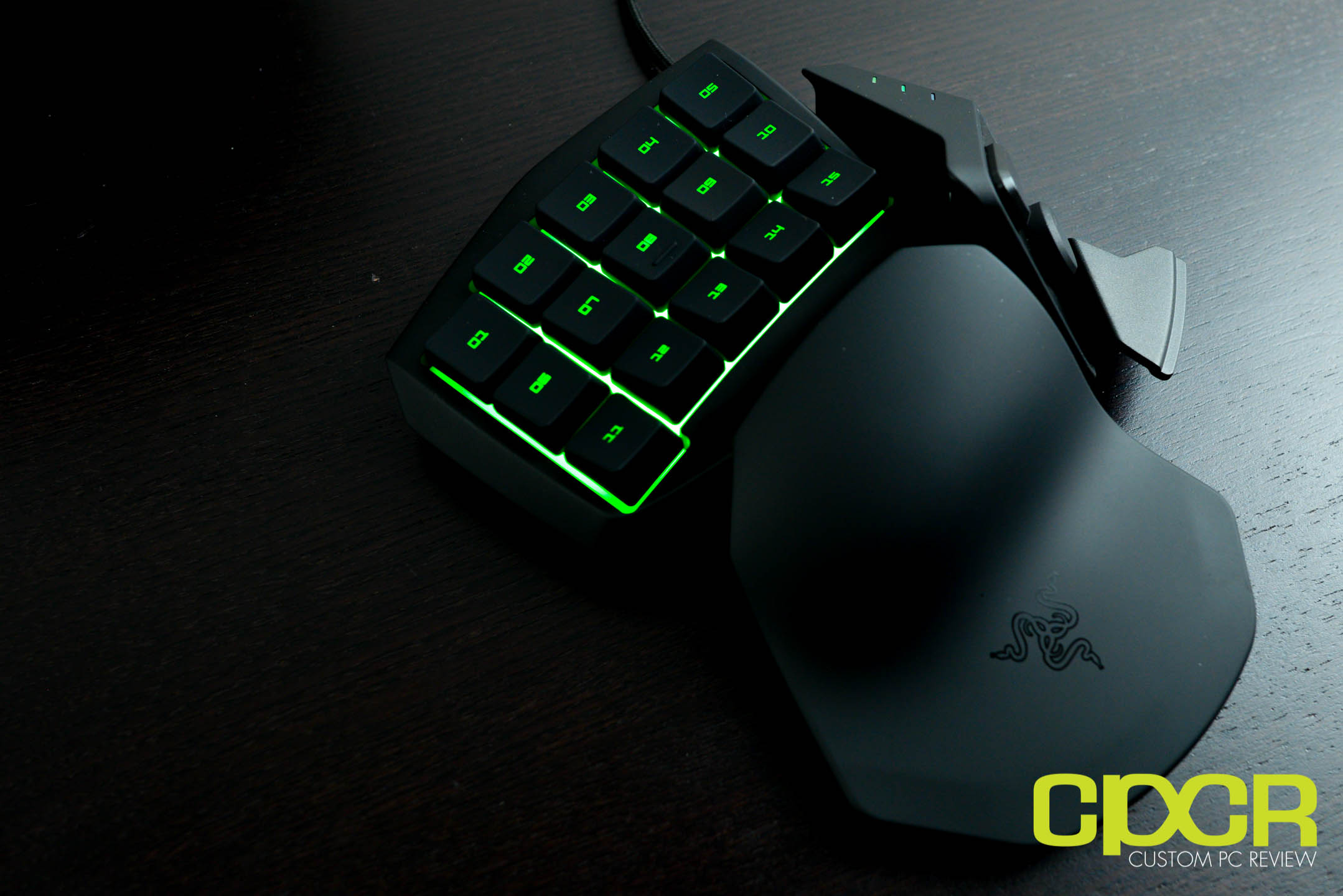[section label=”Introduction”]
Tiny Graphics Card for the Casual Gamer
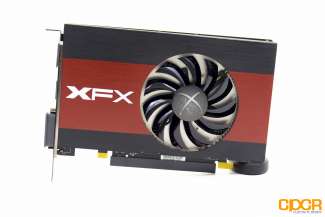 Gaming hardware has traditionally held a reputation for being bulky and intimidating. Gaming PCs are often visualized as huge towers decked out with flashy lights and sports car inspired paint jobs. While that would’ve been accurate just a few years ago, performance PCs are no longer confined to just “big”. Thanks to ever increasing tiny hardware that pack a serious punch, SFF, or Small Form-Factor, gaming systems are significantly growing in popularity.
Gaming hardware has traditionally held a reputation for being bulky and intimidating. Gaming PCs are often visualized as huge towers decked out with flashy lights and sports car inspired paint jobs. While that would’ve been accurate just a few years ago, performance PCs are no longer confined to just “big”. Thanks to ever increasing tiny hardware that pack a serious punch, SFF, or Small Form-Factor, gaming systems are significantly growing in popularity.
Today we’ll be reviewing one tiny, budget-focused graphics card that can fit almost anywhere yet provide decent gaming performance for the casual gamer, the XFX RX 460 4GB Slim.
Radeon RX 460 Specifications
*XFX non-reference specifications highlighted in bold.
| GPU | RX 480 | RX 470 | RX 460 | |
|---|---|---|---|---|
| Codename | Polaris 10 | Polaris 10 | Polaris 11 | |
| Architecture | GCN 4.0 | |||
| Fabrication | 14nm FinFET | |||
| Core Clock (MHz) | 1266/1120 | 1206/926 | 1200/1090 (1220) | |
| Compute Units | 36 | 32 | 14 | |
| Stream Processors | 2304 | 2048 | 896 | |
| Texture Units | 144 | 128 | 56 | |
| ROPs | 32 | 32 | 16 | |
| Framebuffer | 4GB/8GB | 4GB | 2/4GB | |
| Memory Type | GDDR5 | |||
| Memory Interface | 256-bit | 256-bit | 128-bit | |
| Memory Clock | 7/8 Gbps | 6.6 Gbps | 7.0 Gbps | |
| TDP | 150W | 120W | <75W | |
| Launch Price | $199/$239 | $179 | $99/$119 | |
The XFX RX 460 4GB Slim is, well, slim.. it features a single-slot design that is sure to fit in just about any system with ease. Clocked at just 20MHz higher than the reference design and the memory clock completely untouched, the XFX RX 460 doesn’t outpace the reference specifications by much, but this isn’t surprising given the card’s compact form-factor. Further, as a tiny graphics card that requires no secondary power connectors, there definitely isn’t much room for factory overclocks either.
[section label=”A Closer Look”]
A Closer Look
The box for the XFX Radeon RX 460 4GB Slim is simple and effective. Just the product name and some highlight technologies are written in front.
We get the bare minimum accessories to help us get started. Inside the box is a user manual, quick installation guide, and a driver installation disc. As always, we recommend downloading the latest drivers from the manufacturer’s website instead of using the one included in the CD.
As one of a handful single-slot graphics cards, the XFX RX 460 4GB Slim is aimed at the consumer who doesn’t need the most powerful card but rather a small and quiet dedicated GPU. The XFX RX 460 4GB Slim features a single 90mm fan and XFX’s Zero DB technology. Zero DB keeps the fan from spinning until the GPU reaches a certain temperature, minimizing acoustics when cooling isn’t needed. Being a single-slot card, the aluminum cooling fins has been placed around the fan instead of underneath it.
The backside gives a clearer idea of how short this PCB actually is. At just 6.69 inches, it won’t have any issue fitting into most small form-factor systems.
The XFX RX 460 features the company’s beloved black and red colour scheme. The white XFX logo contrasts the red stripe coming down the middle of the card. When stuffed inside our huge testbench, the card seems so small in comparison that it’s kind of cute. The card’s aluminium shroud provides a little extra cooling and looks better than plastic.
Taking a look at the rear I/O, we have 1x DisplayPort 1.4 (HDR-certified), 1x HDMI 2.0, and 1x dual-link DVI- connector.
As stated previously, the card doesn’t require a secondary power supply and relies purely on the motherboard’s PCIe slot for power.
After removing the cooling shroud from the PCB, we get a better look at the internal layout of the graphics card and the cooling system itself. The cooling shroud is a simple affair, built using a copper-plated block which protrudes from a larger aluminum heatsink covering the memory. This may be skimpy for more powerful cards, but it’s perfectly adequate for an RX 460 of this caliber.
The Polaris 11 GPU is presented with all its glory. Scattered around the GPU die are four 1GB Micron-made GDDR5 memory chips. They make up the card’s 4GB frame buffer.
The XFX RX 460 features a decently robust power delivery system. Though it lacks the high end solid black Japanese capacitors, they’re still all solid Japanese caps. These are paired with UBIQ M3058M MOSFETs.
[section label=”Testing Setup and Methodology”]
Testing Setup
Haswell-E X99 Test Bench
| CPU | Intel Core i7 5960X @ 4.2GHz |
|---|---|
| Motherboard | Asrock X99 OC Formula |
| Memory | Crucial Ballistix Elite 16GB DDR4-2666 |
| Graphics | N/A |
| Boot Drive | Samsung 850 EVO 500GB M.2 SSD |
| Storage Drive | ADATA Premier SP610 1TB SSD |
| Power Supply | DEEPCOOL DQ1250 |
| CPU Cooler | DEEPCOOL GamerStorm Captain 360 |
| Case | Phanteks Enthoo Pro |
| Operating System | Windows 10 Pro |
Special thanks to Phanteks, DEEPCOOL, Asrock, and Crucial for supplying vital components for this test bench.
Testing Methodology – 2017
With major GPU releases from both AMD and NVIDIA that fully support the latest APIs such as DirectX 12 and Vulkan, and a number of new games available which take advantage of these new features, we decided it was a good time to update our GPU testing suite to more accurately represent the modern gaming landscape.
Replacing FRAPs in our toolset is OCAT (Open Capture and Analytics Tool) which is an open source GUI frontend for PresentMon, the results captured by OCAT are identical to that of PresentMon, however, the ease of use provided by the GUI and its overlay greatly help in reducing the time in our testing process.
Our gaming benchmarks are constantly evolving to include new titles. Our first update for 2017 is replacing the aging Crysis 3 with Deus Ex: Mankind Divided, a title that supports both DX11 and DX12. In addition, Gears of War: Ultimate Edition is replaced by Gears of War 4 because of its use of the newer Unreal Engine 4.
The following games/benchmarks will be tested:
- 3DMark FireStrike
- 3DMark Time Spy
- Rise of The Tomb Raider (DX11 & DX12)
- HITMAN (DX11 & DX12)
- Deus Ex: Mankind Divided (DX11 & DX12)
- Ashes of the Singularity (DX12)
- Gears of War: 4 (DX12)
- Grand Theft Auto V
- The Witcher 3: Wild Hunt
- Project CARS
- DOOM (Vulkan)
All titles will be benchmarked a minimum of three times per configuration with the average of those results being displayed in our graphs. Performance will be measured in average FPS as well as the 99th (1% low) and 99.9th (0.1% low) percentiles. Those results will be gathered from the frame time data that is recorded using OCAT. They will then be converted from milliseconds (ms) to frames per second (FPS) to make interpretation more friendly. Data gathered from benchmarking tools is analyzed using Microsoft Excel.
All titles are tested at “High” to “Very High” settings at resolutions to be determined by the GPU’s market-segment. In the case of this review, it will be 1080p.
All benchmarks are conducted using the latest available drivers at the time of testing. In the case of this review, they are the AMD Radeon Crimson ReLive Edition 17.1.1 and the NVIDIA GeForce Game Ready 378.49 drivers.
[section label=”Overclocking”]
Overclocking
Initial Boot
AMD WattMan
We attempted to overclock the XFX RX 460 using AMD’s WattMan utility. Unsurprisingly, the card’s low cooling capacity was unable to prevent the GPU from throttling significantly while overclocked. The results were left with so much frame time variance that we had to omit them. While the silicon itself seemed like it was able to push ahead a little further than the 1,220MHz factory clocks, the card was just not designed for this sort of usage.
[section label=”Power Consumption and Temperatures”]
Performance
Power Consumption
For power consumption testing, we’ll be measuring full system power while idle along with full system power with the graphics card running at full load using Furmark. All power consumption measurements will be measured at the outlet with a P3 kill-a-watt meter.
The XFX RX 460 is leaps and bounds more power efficient than its closest competitor on our charts, the EVGA GTX 950 FTW, drawing 114W less at load compared to the GTX 950. While our testing methods are at the outlet and measure complete system power, it is unlikely this disparity is within the margin of error.
Although, this is not that surprising considering the fact that the RX 460 is based on the much more efficient 14nm FinFET process node, and is a whole generation ahead of the GTX 950 in terms of architecture. Not to mention the fact that the GTX 950 FTW features a fairly hefty factory overclock.
Temperature Testing
For idle temperature, we’ll be taking a reading when the graphics card is idle for 5 minutes after a cold boot. Load temperatures are taken after a full 30-minute burn using Furmark.
While Furmark has a bad rap for pushing the GPU to the limits with unrealistic workloads, we feel like it’s a great tool for showing cooling capabilities of different cooling solutions. Modern generations of graphics cards are so efficient that they can operate on passive cooling alone for most workloads and only spin up the fans when the GPU is heavily engaged. This makes it difficult to gauge cooling potentials of different coolers without a synthetic workload. During all tests, the GPU intake air temperature is a stable 25° Celsius.
Despite using a low-powered GPU, the single-slot thickness of the heatsink and the skimpy heat spreader raised the temperature of the XFX RX 460 to 70°C after our stress test. On the plus side, it did remain somewhat quiet.
[section label=”3DMark”]
3D Mark
The new 3D Mark is Futuremark’s latest update to the popular 3D Mark series of benchmarks. The updated 3D Mark now includes multiple benchmarks for cross-platform support as well as updated graphics to push the latest graphics cards to their limits.
Fire Strike
Time Spy
[section label=”Deus Ex: Mankind Divided (DX11/DX12)”]
Deus Ex: Mankind Divided
Mankind Divided is the latest in the legendary first-person stealth action series: Deus Ex. It’s Developed by Eidos Montreal and built using its brand-new Dawn Engine. Deus Ex: Mankind Divided is an excellent benchmarking tool as it uses both DX11 and DX12 APIs. When the settings are maxed out, it easily ranks as one of the most demanding in our test suite.
Settings
Results (DX11)
Results (DX12)
[section label=”Rise of the Tomb Raider (DX11/DX12)”]
Rise of the Tomb Raider
The follow-up to Crystal Dynamics’ award-winning Tomb Raider reboot, Rise of the Tomb Raider takes users across the world to a variety of exotic locales with even more tombs. It’s gorgeous world is brought to life with physically-based rendering, HDR and adaptive tone mapping, deferred lighting with localized global illumination, volumetric god rays and light shafts.
We test Tomb Raider using the game’s built-in benchmarking tool.
Settings
Results (DX11)
Results (DX12)
[section label=”Grand Theft Auto V”]
Grand Theft Auto V
Oldie but goodie. The fifth instalment of the popular Grand Theft Auto franchise continues to cement Rockstar as a leader in open-world games. The PC version has received a ton of new features and graphical enhancements. With features such as tessellation, ambient occlusion, realistic shadows, and lighting, mixed with the largest open-world map in franchise history, this is a beautiful, well-optimized PC titles on the market.
We test Grand Theft Auto 5 using the last scene in the game’s built-in benchmarking tool.
Settings
Results
[section label=”The Witcher 3: Wild Hunt”]
The Witcher 3: Wild Hunt
CD Projekt RED’s The Witcher series has long been accredited with being some of the most beautiful, and graphically demanding PC titles and its latest installment, The Witcher 3: Wild Hunt, is no exception. With beautiful, large open-world environments, detailed charter designs, high-resolution textures, and advanced features such as God Rays, and Volumetric Fog, in addition to a slew post-processing effects, this is definitely one impressive looking game.
We test The Witcher 3 with a 60 second lap around the first village you come across in the campaign, this is one of the best places for testing as it exhibits some of the game’s most graphically intense features such as God Rays, and Volumetric Fog. The test offers very little variance making it a very repeatable benchmark, which is difficult to find in most open-world games.
Settings
Results
[section label=”Project CARS”]
Project CARS
Next-gen racing simulator Project CARS was met with much anticipation when developer Slightly Mad Studios first announced the community assisted project. While it may not be the definitive choice for racing sim enthusiasts, it is easily one of the best-looking racing games available, featuring photorealistic vehicle models, real-world tracks, and realistic rain and weather effects. Despite some initial performance issues on AMD hardware which have been mostly patched, it is still one of the best racing simulator available for testing graphics performance.
We test the game using the in-game replay system, the race takes place on the Nürburgring race track, with fixed whether effects transitioning from overcast, to thunder storms.
Settings
Results
[section label=”DOOM”]
DOOM
The latest installment of Id Software’s legendary DOOM series. The new DOOM brings with it the latest graphics technologies and a fully uncapped frame rate thanks to the all new id Tech 6 game engine. With some of the best graphics available on PC today, DOOM brings to life its hellish environments and demons for a truly jaw-dropping experience.
We test DOOM using a 60-second run during the first mission of the game.
Settings
Results (Vulkan)
[section label=” HITMAN (DX11/DX12)”]
HITMAN
The follow-up to 2012’s Hitman: Absolution, simply titled HITMAN, the latest game in the series by developer IO-Interactive takes users on an episodic adventure to compete online against other players. The new game also brings with it support for Microsoft’s latest DirectX 12 API.
We test HITMAN using the game’s built-in benchmarking utility.
Settings
Results (DX11)
Results (DX12)
[section label=”Gears of War 4 (DX12)”]
Gears of War 4
Gears of War 4 is the latest installment in Microsoft’s long-running third-person shooter franchise. The first of the series to launch simultaneously on both Xbox consoles and PCs, Gears of War 4 is based on Epic’s Unreal Engine 4 and fully supports DX12, making it one of the most well optimized PC titles of 2016, offering a plethora of graphics options which can be adjusted for scaling across large varieties of hardware.
We test Gears of War 4 using the games built-in benchmark utility.
Settings
Results (DX12)
[section label=”Ashes of the Singularity (DX12)”]
Ashes of the Singularity
Oxide’s Sci-Fi RTS game, Ashes of the Singularity is a staple in any graphics review as it provides one of the best implementations of latest DirectX 12 API, complete with Asynchronous Compute for improved performance and even explicit multi-GPU support which allows for mixing multiple different graphics cards for additional performance.
Settings
Results (DX12)
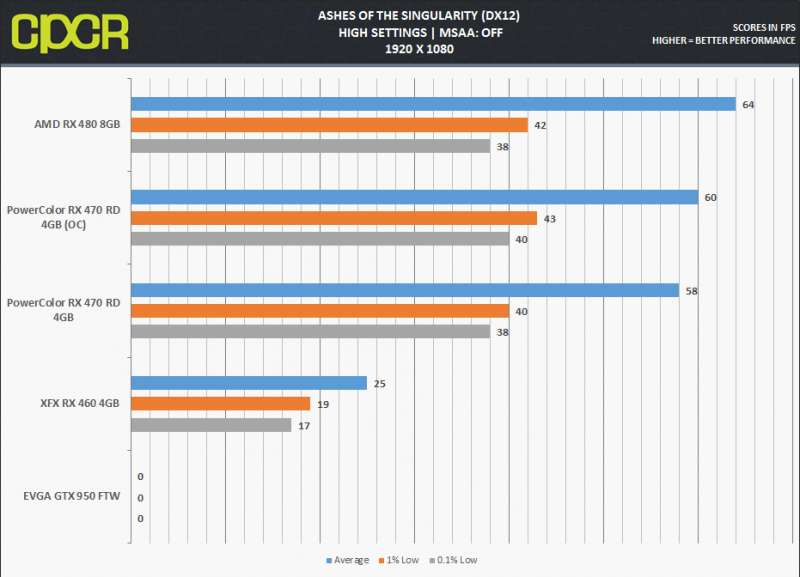
Test Note: Unfortunately, the GTX 950 had to be omitted from these results due to crashing which left us unable to benchmark the title.
[section label=”Conclusions”]
Conclusions
At first glance, one may easily brush off the XFX RX 460 4GB Slim as an incompetent product. Sure enough, it fell short against the Maxwell-based GTX 950 by a wide margin in many of the titles we’ve tested.
However, that doesn’t mean it’s a bad card as the XFX RX 460 4GB Slim still performed quite well once the settings were cranked down a few notches to low, or even medium at 1080p. I did play several games in our test suite at those lower settings for a number of hours and found it to be an enjoyable experience. In the case of Gears of War 4, I was able to achieve an average of 120 FPS at 1080p low settings in the multiplayer, and I had no issues playing one of my personal favorites: Rainbow Six Siege at 90+ FPS, which is more than I’d expect from a low-budget GPU.
That being said, it’s clear to me that the XFX RX 460 4GB Slim may not be for everyone. At a retail price of $129, it’s more expensive than most other Radeon RX 460 4GB cards on the market, including XFX’s own RX 460 4GB SF which is essentially the same GPU equipped with a larger fan and heatsink. That being said, most of the other options out there aren’t as small as this card and would definitely not fit into a single-slot form factor. Still, it’s clear that the market for these smaller cards is a bit of a niche considering many mITX cases are capable of housing standard sized GPUs without issue. There’s also NVIDIA’s GTX 1050 and GTX 1050 Ti to be considered in this price range, although we weren’t able to test those today, and we’re unaware of any truly single-slot solutions for either of those GPUs.
Overall, the XFX RX 460 4GB Slim’s compact design may not offer the best price-to-performance ratio in the low-budget GPU arena, but it does offer solid 1080p gaming performance at low-medium settings and is one of the only cards of its size that is capable of doing so. Still, at a price tag of $129 it is a card I’d only recommend to users in need of such a compact GPU, otherwise better alternatives exist in the market.
Sample provided by: XFX
Available at: Amazon

